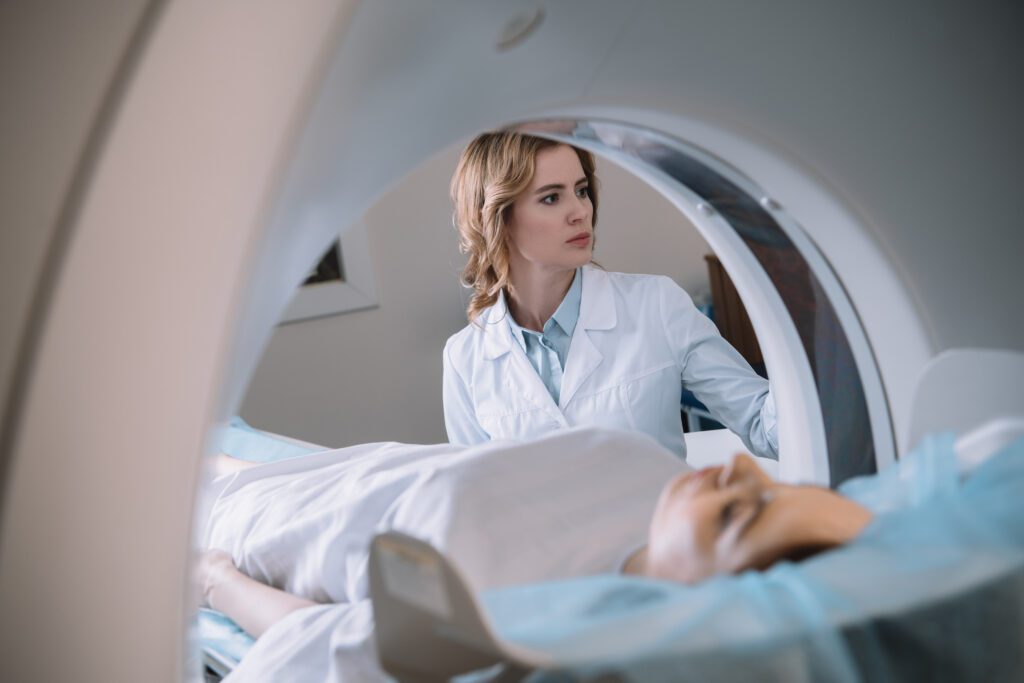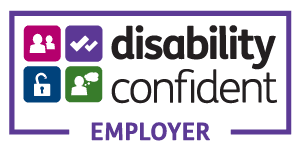Allied health imaging professions are essential to modern healthcare. From identifying injuries to monitoring fetal development, imaging experts play a central role in guiding treatment. As the healthcare field expands in the United States, two specialties stand out for their demand and impact: MRI and ultrasound professionals. Both rely on advanced equipment to help physicians, but their training, responsibilities, and work settings differ in meaningful ways.
This blog explores what MRI and ultrasound technologists do, compares their training, pay, and daily practice, and offers insights to help aspiring imaging professionals decide which path best fits their goals.
Understanding the Role of an MRI Technologist
MRI technologists focus on magnetic resonance imaging, a technique that produces highly precise pictures of body structures without ionizing radiation. They operate large scanners powered by magnetic fields and radio waves to examine the nervous system, joints, and organs. Their responsibilities include preparing individuals for exams, positioning them correctly, and monitoring results throughout the procedure.
These professionals are commonly employed in hospitals, diagnostic centers, and specialized clinics. Beyond running scans, they maintain imaging equipment, uphold safety standards, and work closely with physicians interpreting results. They also provide reassurance to individuals who may feel anxious in the enclosed scanner.
Understanding the Role of an Ultrasound Technologist
Ultrasound technologists, often referred to as sonographers, use sound-based technology to produce moving images of tissues and organs. Instead of relying on magnetic fields, ultrasound uses a handheld transducer to send sound into the body and display real-time visuals on a screen.
While widely known for obstetric exams, this work extends to cardiology, vascular imaging, and abdominal studies. Ultrasound professionals help identify heart disease, vascular blockages, and abdominal disorders. Their workplace settings include hospitals, OB/GYN clinics, outpatient facilities, and cardiology labs.
A sonographer needs strong anatomy knowledge and technical skills to capture images that allow physicians to make accurate evaluations quickly.
MRI vs. Ultrasound Technologists: What Sets Them Apart?
Technology Used
MRI professionals use scanners powered by magnetic resonance imaging, producing precise cross-sectional pictures. Ultrasound experts use transducers and high-frequency sound, delivering real-time imaging.
Interaction With People
MRI procedures often require individuals to remain still for extended periods. Professionals must provide comfort and reassurance. Ultrasound exams involve active interaction during scanning, as the specialist adjusts equipment and explains the process.
Scope of Work
MRI specialists focus on specific body systems like the nervous system, joints, and bones. Ultrasound professionals cover a wider variety of cases, from fetal monitoring to cardiovascular studies.
Work Environment and Tempo
MRI appointments are scheduled and often lengthy, requiring patience and concentration. Ultrasound procedures are shorter but more varied, frequently crossing multiple departments such as cardiology and obstetrics.
Education and Training Requirements
Becoming an imaging professional involves structured education, clinical training, and certification.
MRI Specialist Education Path
- Degree: Most start with an associate degree in radiologic sciences; others pursue a bachelor’s degree for advancement.
- Foundation: Many begin in radiography or CT before focusing on MRI.
- Certification: The American Registry of Radiologic Technologists (ARRT) provides credentials widely required by employers.
- Continuing Learning: Ongoing coursework is necessary to keep certification current and adapt to evolving imaging methods.
Ultrasound Specialist Education Path
- Degree: Completed through accredited diagnostic medical sonography programs at the associate or bachelor’s level.
- Curriculum: Combines classroom instruction, lab simulations, and supervised clinical rotations.
- Certification: Typically earned through the American Registry for Diagnostic Medical Sonography (ARDMS), with options to specialize in cardiac or vascular imaging.
Shared Core Knowledge
Both MRI and ultrasound specialists must master anatomy, physiology, and professional standards to ensure accurate results and safe practice.

Salary and Job Market Outlook in the US
According to the Bureau of Labor Statistics, imaging roles continue to see steady expansion. MRI professionals typically earn around $78,980 per year, while sonographers average about $89,340 annually. Pay varies by region, experience, and specialization.
The outlook for both is strong, driven by an aging population and demand for noninvasive diagnostics. Hospitals and outpatient centers across the country are actively hiring to meet these needs.
Professional Challenges
Both MRI and ultrasound professionals face similar workplace realities. Long shifts on their feet, assisting individuals onto equipment, and managing sophisticated machines are common. Staying up-to-date with new technology and maintaining certification is essential.
Emotional resilience also plays a part. Imaging may reveal serious health concerns, and professionals must balance compassion with technical precision. The accuracy of their work directly influences physician decisions and treatment plans.
Tips for Choosing the Right Path
When deciding between MRI and ultrasound specialties, consider:
- Interest in Technology: If you prefer advanced magnetic imaging and detailed scans, MRI may be more suitable.
- Level of Interaction: If you enjoy real-time communication and diverse exams, ultrasound could be more fulfilling.
- Focus Areas: MRI professionals often work with the skeletal and nervous systems, while ultrasound offers broader applications such as cardiology and obstetrics.
- Earning Potential: MRI roles can offer slightly higher pay, but both provide competitive wages.
- Flexibility: Ultrasound specialists can branch into vascular or cardiac imaging, while MRI experts may advance into leadership or research roles.
Both paths promise stability, growth opportunities, and meaningful contributions to healthcare.
Conclusion
MRI and ultrasound professionals bring unique strengths to modern diagnostics. MRI provides highly precise scans that support complex evaluations, while ultrasound offers real-time imaging that guides immediate decisions. Each path offers stability, advancement, and the chance to impact lives in significant ways. If you are drawn to blending technology with human connection, either specialty can open doors to a rewarding future in allied health imaging.
Partnering With Experts in Your Career Journey
Navigating allied health imaging careers can feel overwhelming without guidance. Verovian AHPs Recruitment Agency makes the process easier by connecting you with employers, clarifying certification and licensing requirements, and matching your goals with the right opportunities. Register with us to explore roles that align with your skills and aspirations.





